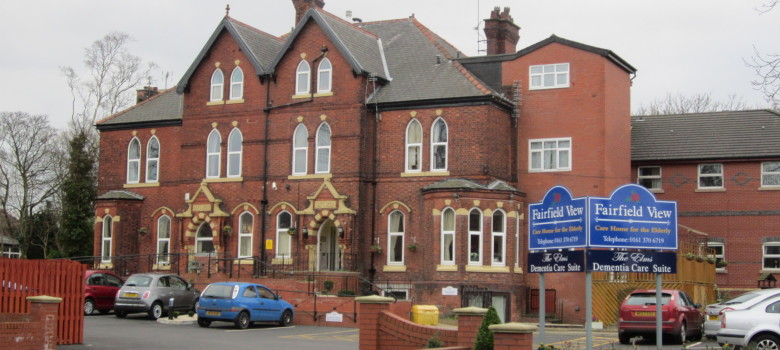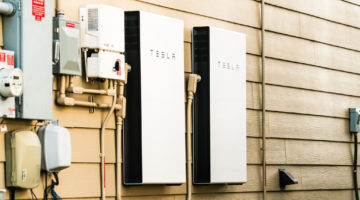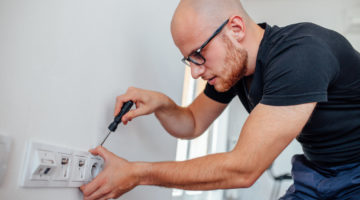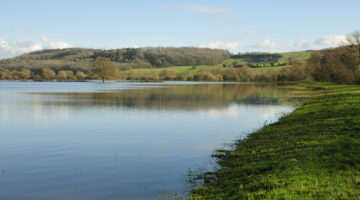
Care homes tend to use a lot of energy – the temperature needs to be quite high, because older or ill residents tend to feel the cold more and need a bit more warmth in their environment than the average home. That means that an inefficient care home will leak a lot of money and energy efficiency should be high on the priority list!
What are the key areas for improvement?
Insulation is obviously important in a property with high heat demand. The walls can be insulated with cavity wall or solid wall insulation, and the loft or flat roof can be insulated as well.
One key area is to look at the heating system. There is likely to be a large boiler servicing the property, and this could well be decades old. If so, upgrading to a condensing model should certainly be looked at, as the savings are going to be considerable.
What funding is available?
Funding may be available, but the most universal form of funding – ECO – is only available for properties that qualify as residential. Sheltered accommodation will probably qualify for this as each resident has their own defined unit with a bathroom, kitchen and bedroom, and often have their own electric meter. If this is the case, and an EPC can be done on each unit, then ECO funding should be available.
For care homes that don’t generally have their own self contained apartments and tend to just have a room with a communal social area and central kitchen, the property is effectively a commercial building, and as such, they won’t qualify for ECO funding.

Renewables for care homes
One area that really works well for these sorts of properties is solar PV or thermal. Care homes are going to require lots of hot water throughout the day, and electricity usage is also going to be highest during the day. It makes sense therefore to install a renewable technology that is at its most useful during the middle of the day.
Care homes and sheltered accommodation also tend to have a lot of unused roof space, so a large PV or thermal array is going to be possible in many instances.
The other advantage of these technologies is that as a business you can still take advantage of the incentive schemes – the Feed In Tariff payment for solar PV does not discriminate between homes and businesses, and works exactly the same way. The Renewable Heat Incentive has a successful non-domestic version that has been running for several years and will pay you for solar thermal generation.
Solar technologies are therefore a really great option for a place like a care home. But not only solar – wind turbines can be effective for those care homes that have a bit of land around to spare.
Get a survey
We thoroughly recommend getting an expert to come and assess your property and provide some recommendations. A non-domestic EPC will give you an idea of the efficiency of the building, and allow a qualified energy assessor to take a look and give their opinion on where energy could be saved and what the best options are for your business.












No Comments yet! Be the first one.